The next time you see a wasp hovering around your garden, your instinct might be to grab the nearest shoe or spray bottle. But what if I told you that this seemingly aggressive insect could be one of nature’s most underappreciated heroes? While bees get all the glory for their pollination work, wasps have been quietly performing similar ecological services for millions of years, often going completely unnoticed and unappreciated. These striped creatures, which many of us view as nothing more than summer picnic crashers, are actually sophisticated pollinators that play crucial roles in maintaining healthy ecosystems. Their bad reputation stems largely from a few aggressive species, while hundreds of other wasp varieties work tirelessly to support the very plants that feed and shelter us.
The Great Wasp Misunderstanding
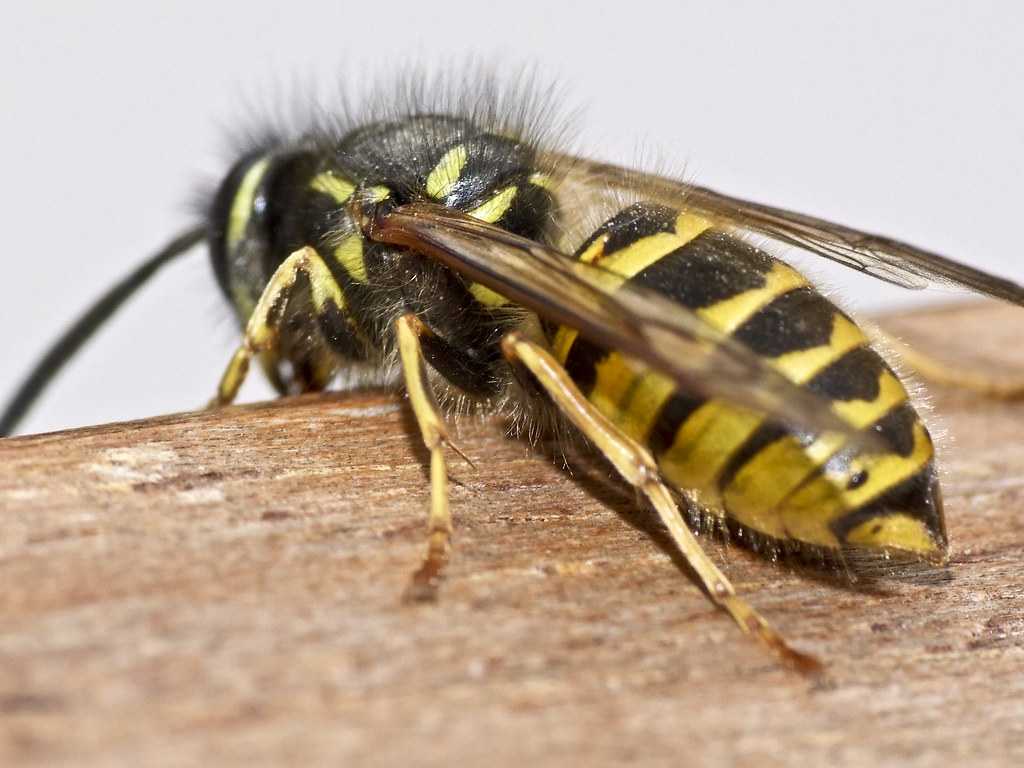
Most people lump all wasps into the same category as dangerous pests, but this couldn’t be further from the truth. Out of approximately 30,000 wasp species worldwide, only a handful are truly aggressive toward humans. The majority are solitary creatures that mind their own business, focusing on hunting other insects or visiting flowers for nectar.
This misconception has created what scientists call “wasp prejudice” – an irrational fear that prevents us from appreciating their ecological value. Unlike their fuzzy bee cousins, wasps have smooth, sleek bodies that don’t trap pollen as obviously, leading many to assume they don’t contribute to pollination at all. However, recent research has revealed that wasps visit flowers just as frequently as bees in many ecosystems.
The few species that do become aggressive around humans – primarily yellowjackets and hornets – have unfortunately become the face of all wasps. It’s like judging all dogs based solely on the behavior of a single aggressive breed.
Ancient Pollinators with Modern Importance
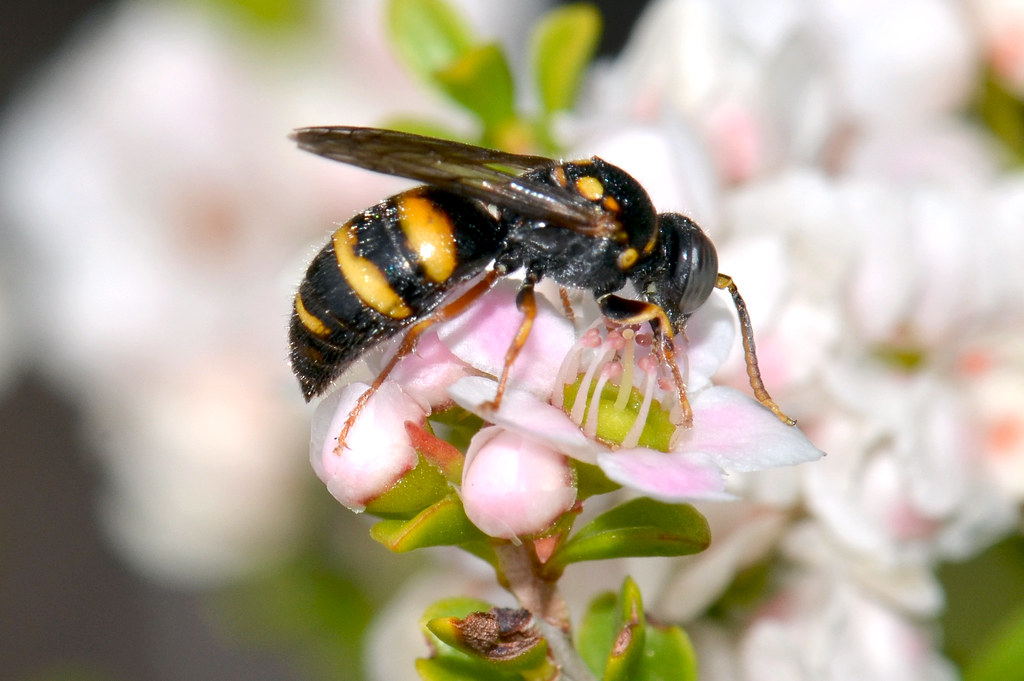
Wasps have been pollinating plants for over 100 million years, making them some of the oldest pollinators on Earth. Fossil evidence shows that wasps and flowering plants evolved together, developing intricate relationships that have persisted through countless environmental changes. Some plant species have become so dependent on specific wasp species that they cannot reproduce without them.
The fig wasp relationship represents one of nature’s most remarkable partnerships. Over 900 fig species depend entirely on their corresponding wasp species for pollination, while the wasps rely on figs for breeding sites. This co-evolution has created a system so precise that each fig species has its own unique wasp partner.
Modern agriculture has largely overlooked wasp contributions, focusing almost exclusively on managed honeybee colonies. However, wild wasps continue to pollinate both crop plants and wild species, often filling gaps when bee populations decline due to disease or environmental stress.
The Surprising Diversity of Wasp Pollinators
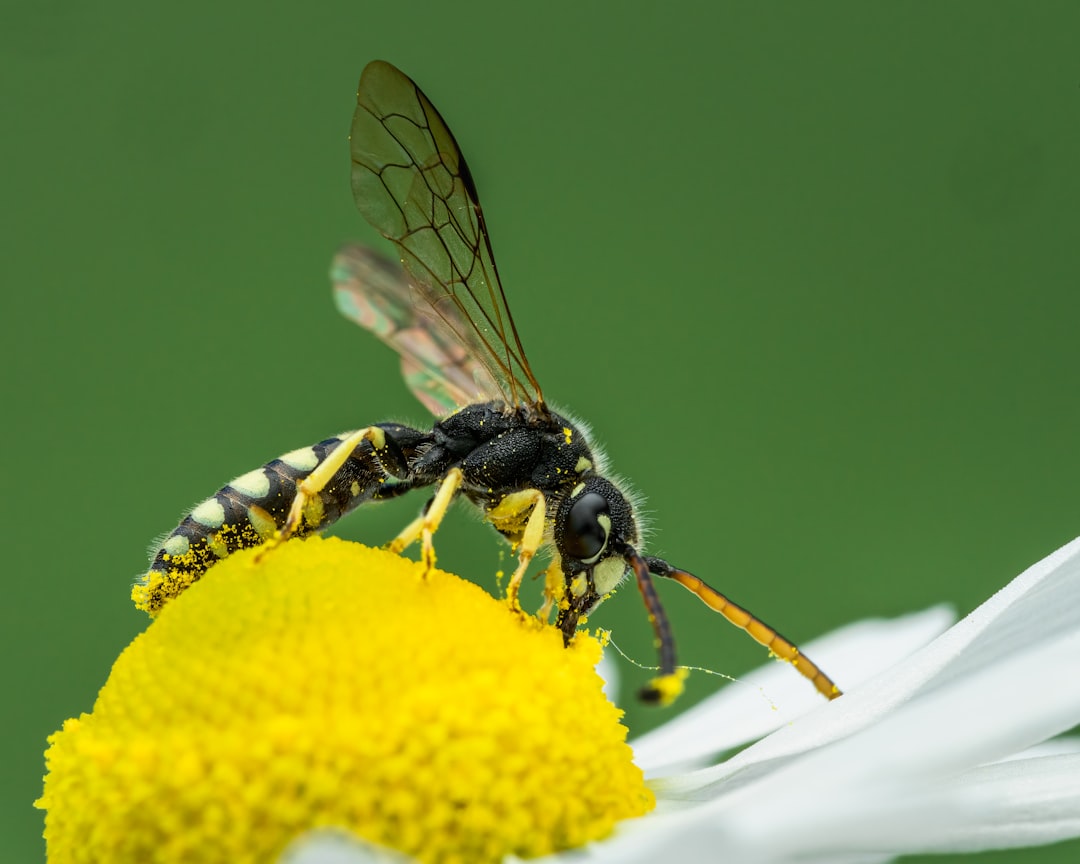
Paper wasps, despite their fearsome reputation, are actually gentle flower visitors that rarely sting unless their nest is directly threatened. These social wasps spend considerable time foraging for nectar, inadvertently transferring pollen between flowers as they feed. They’re particularly attracted to shallow, open flowers where nectar is easily accessible.
Solitary wasps make up the vast majority of wasp species and are generally harmless to humans. Potter wasps, mason wasps, and digger wasps all visit flowers regularly, with some species showing strong preferences for specific plant families. Many solitary wasps are so small and inconspicuous that gardeners never notice them working among their flowers.
Thread-waisted wasps are specialized hunters that also serve as pollinators when they visit flowers for energy. These elegant insects have long, narrow waists and often hover around flowers like tiny helicopters, making them easy to distinguish from more aggressive species.
How Wasps Actually Pollinate
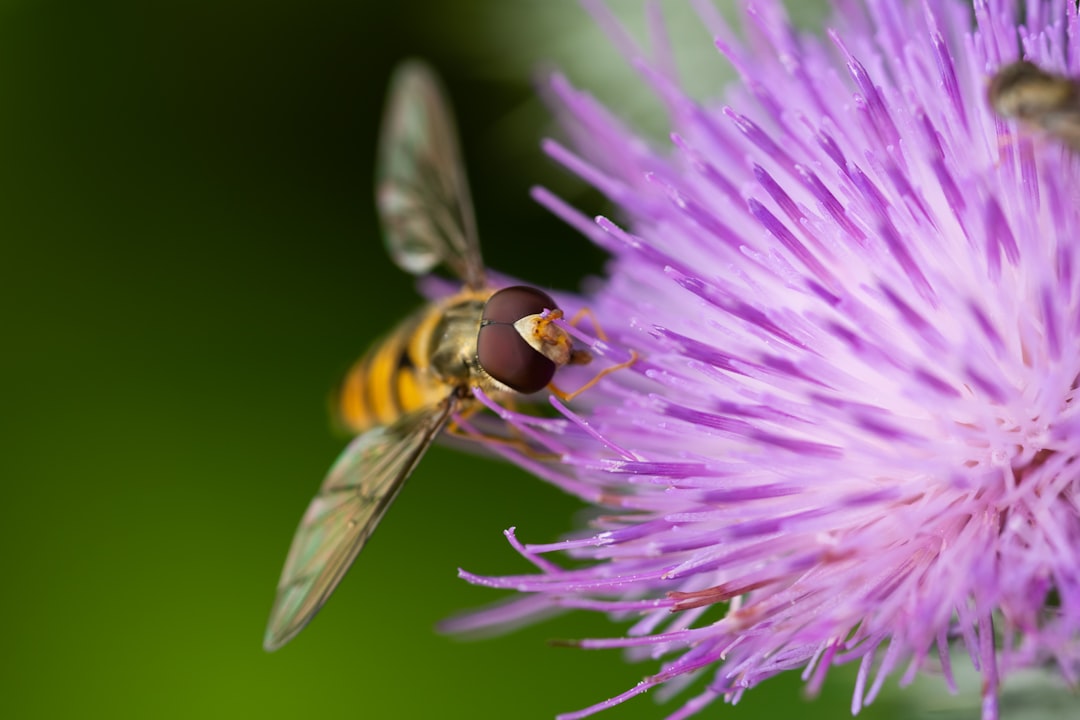
While wasps may not have the fuzzy bodies of bees, they still carry pollen effectively through different mechanisms. Their smooth bodies often have tiny hairs and electrostatic charges that attract pollen grains, which then stick to their legs, heads, and abdomens. When wasps visit multiple flowers of the same species, this pollen transfers naturally.
Many wasps are actually more efficient pollinators than bees for certain plant species. Their longer legs and different body shapes allow them to access flower structures that bees cannot reach effectively. Some orchids have evolved specifically to attract wasps rather than bees, using chemical signals that mimic wasp pheromones.
The feeding behavior of wasps also contributes to their pollination effectiveness. Unlike bees, which collect pollen deliberately for their larvae, wasps visit flowers purely for nectar, often spending more time at each bloom and making more thorough contact with reproductive parts.
Critical Plants That Depend on Wasps

Figs represent the most famous example of wasp-dependent plants, but they’re far from the only ones. Many tropical plants rely primarily or exclusively on wasps for reproduction, including certain palms, orchids, and members of the euphorbia family. Without wasps, these plants would face extinction.
Even common garden plants benefit significantly from wasp pollination. Wasps regularly visit strawberry flowers, helping to ensure proper fruit development and seed formation. They also pollinate many herbs, including oregano, marjoram, and fennel, contributing to both wild plant populations and cultivated crops.
Wild carrot, Queen Anne’s lace, and other umbellifers are particularly attractive to wasps due to their flat-topped flower clusters. These plants often receive more visits from wasps than from bees, especially later in the growing season when wasp populations peak.
The Economic Value of Wasp Pollination
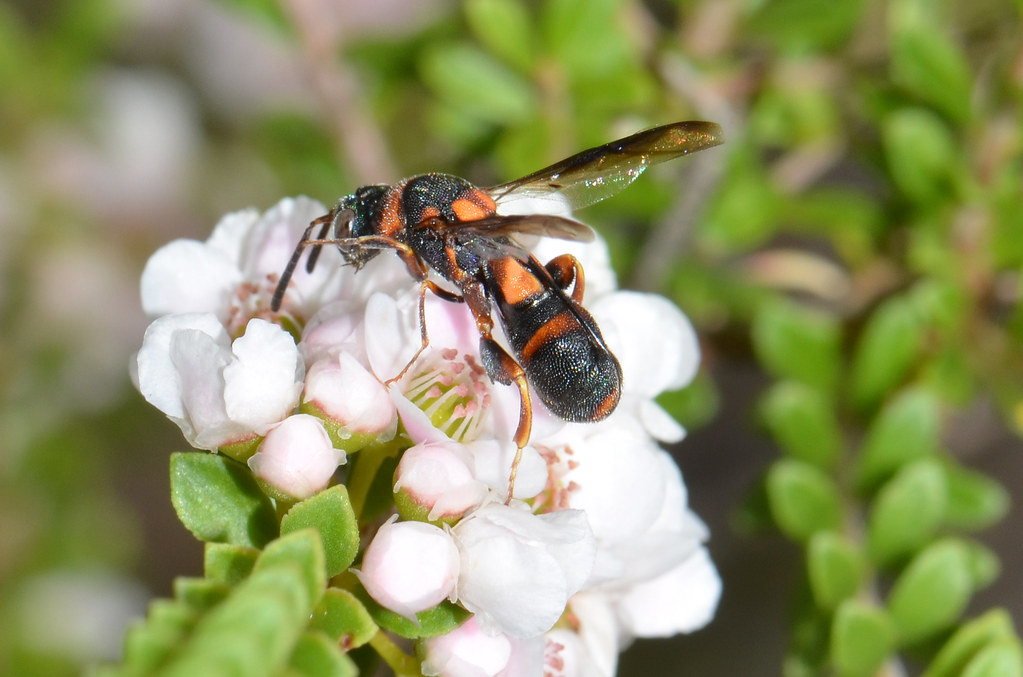
Recent economic studies have begun quantifying the monetary value of wasp pollination services, and the numbers are staggering. In the UK alone, wasp pollination contributes an estimated £50 million annually to agricultural production. This figure likely underestimates their true value since many ecosystem services provided by wild pollinators remain unmeasured.
Wasps also provide significant pest control services that complement their pollination work. A single wasp colony can consume thousands of pest insects during a growing season, reducing the need for pesticides and protecting both wild plants and crops. This dual benefit makes wasps particularly valuable in sustainable agriculture systems.
The loss of wasp populations could create cascading economic effects, similar to the bee decline crisis that has already cost billions in agricultural losses. However, wasp conservation receives a fraction of the attention and funding directed toward bee protection programs.
Wasp Behavior Around Flowers
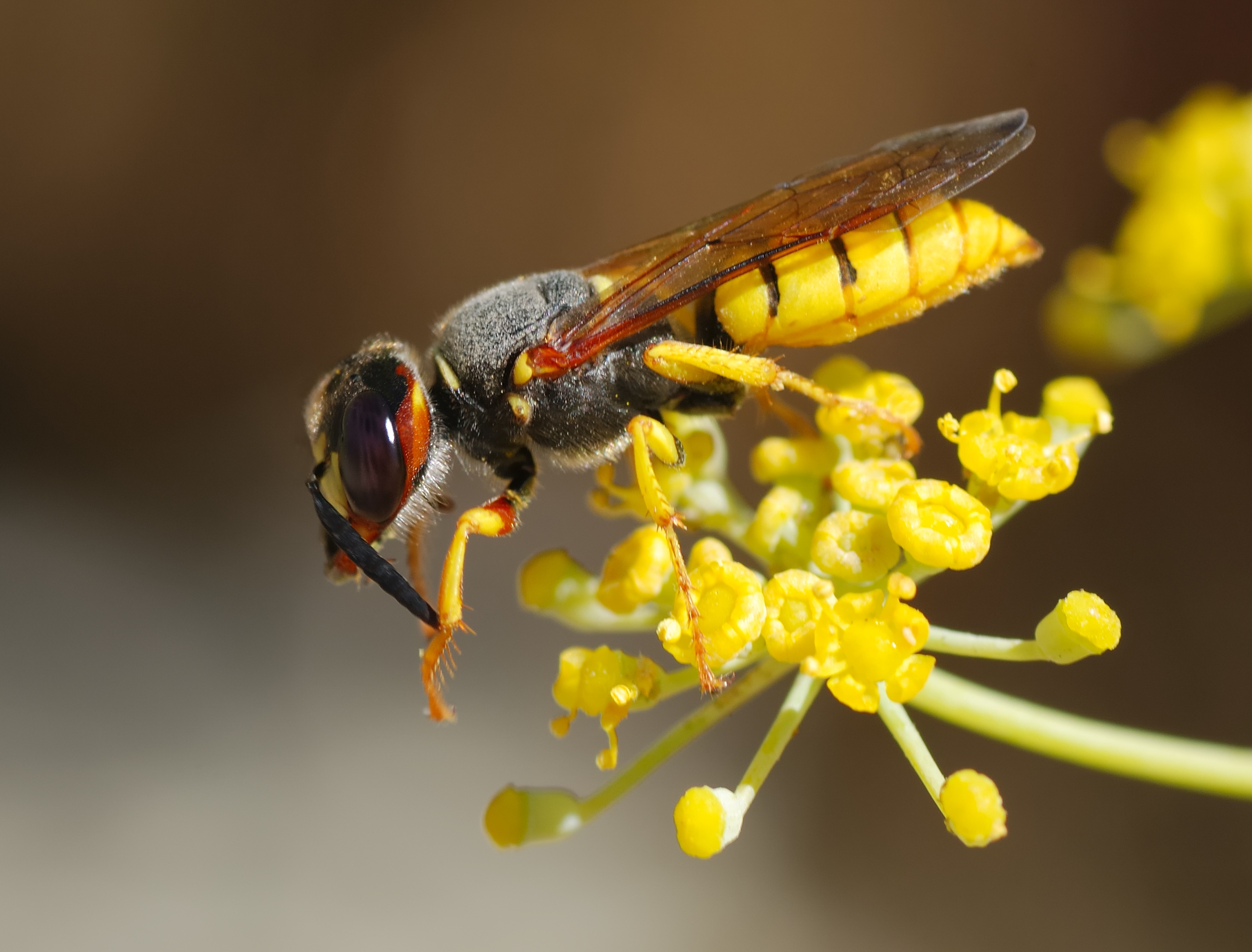
Observing wasps at flowers reveals fascinating behaviors that demonstrate their importance as pollinators. Many species show flower constancy, visiting only one type of flower during each foraging trip, which increases pollination efficiency by ensuring pollen reaches compatible plants. This behavior is particularly common among solitary wasps that have specialized relationships with specific plant species.
Social wasps often forage in groups, with scout wasps marking productive flower patches with pheromones to guide nestmates. This behavior can lead to intensive pollination of particular plant populations, sometimes more effective than the scattered visits of individual bees.
The timing of wasp flower visits also differs from bees, with many species active during different parts of the day or season. This temporal separation means wasps often pollinate plants when bees are absent, providing backup pollination services during critical reproductive periods.
Seasonal Patterns of Wasp Pollination
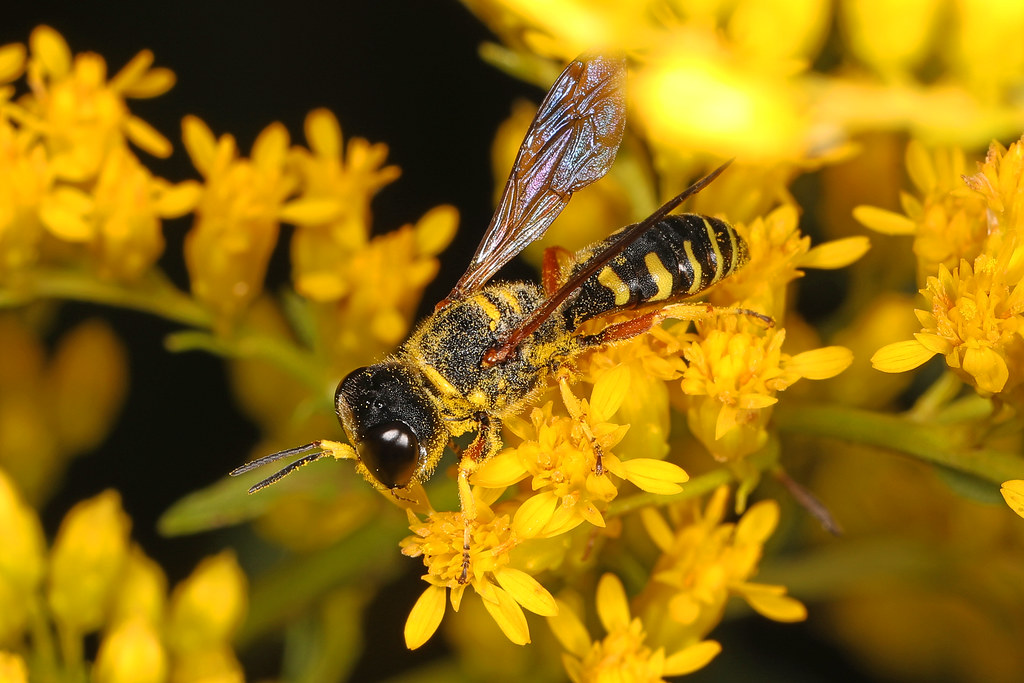
Early spring brings out queen wasps emerging from hibernation, desperate for energy-rich nectar after months without food. These large females often visit tree flowers like willows and maples, providing crucial early-season pollination when few other insects are active. Their size and energy needs make them surprisingly effective at transferring pollen between widely spaced flowers.
Summer represents peak wasp activity, with established colonies producing numerous workers that spread throughout the landscape. During this period, wasps visit the widest variety of flowers, from garden plants to wildflowers, often focusing on species that bloom during hot afternoons when bees are less active.
Late summer and fall bring a shift in wasp behavior as colonies prepare for winter. Workers become more aggressive in seeking sugary foods, but they also visit late-blooming flowers like asters and goldenrod, providing pollination services when many bee colonies are declining.
Geographic Importance of Wasp Pollinators
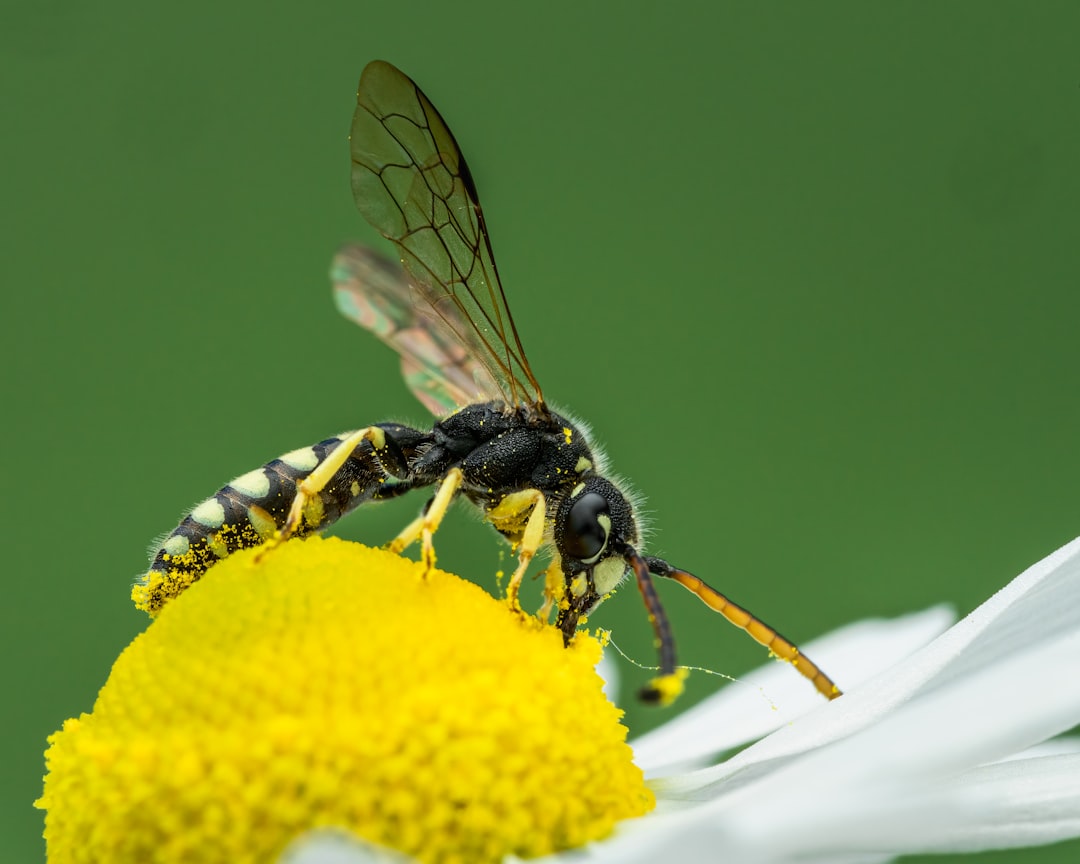
Mediterranean climates rely heavily on wasp pollination due to hot, dry summers that stress bee populations. In these regions, wasps often become the dominant pollinators during the most challenging parts of the growing season. Countries like Spain, Italy, and parts of California depend on wasp services for both wild plant communities and agricultural crops.
Tropical ecosystems showcase the most dramatic examples of wasp pollination, with entire plant families co-evolved with wasp partners. Rainforests in Central and South America, Southeast Asia, and parts of Africa contain thousands of plant-wasp partnerships that remain largely unstudied but critically important for ecosystem function.
Even in temperate regions, wasps fill important pollination niches, particularly in areas where bee populations have declined due to disease, pesticide use, or habitat loss. Urban environments often support more diverse wasp populations than bee populations, making wasps crucial for city plant communities.
Conservation Challenges Facing Wasp Pollinators
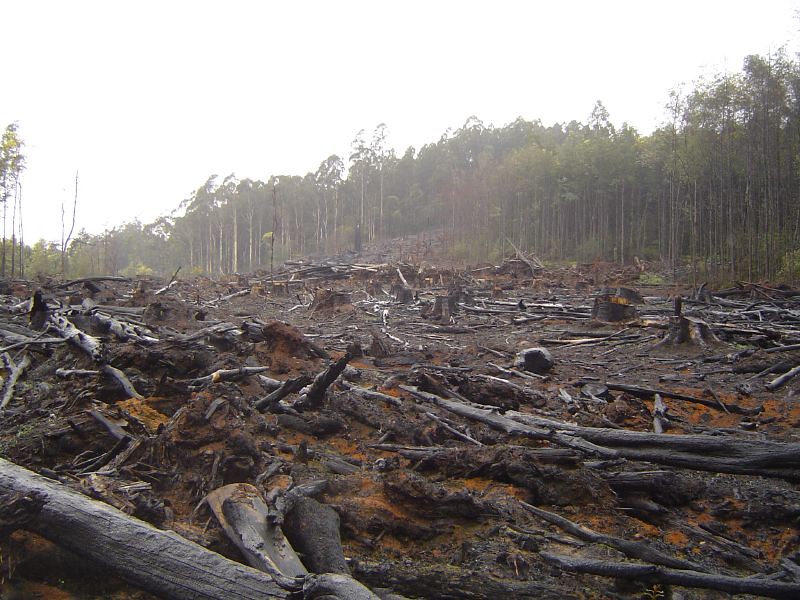
Habitat destruction poses the greatest threat to wasp pollinators, particularly the loss of nesting sites for ground-dwelling species. Modern landscaping practices that favor clean, manicured environments eliminate the dead wood, bare soil, and plant stems that many wasps need for reproduction. Unlike managed honeybees, most wasp species cannot be artificially supported when their natural habitats disappear.
Pesticide use affects wasps differently than bees, but the impacts can be equally devastating. Many insecticides specifically target wasp species as pests, failing to distinguish between beneficial pollinators and actual problem species. Neonicotinoid pesticides, while designed to be bee-friendly, can still harm wasp nervous systems and navigation abilities.
Climate change is altering the timing of flower blooms and wasp life cycles, potentially disrupting co-evolved relationships that have existed for millions of years. Some wasp species are emerging earlier or later than their preferred flowers bloom, creating mismatches that reduce pollination effectiveness.
How to Support Wasp Pollinators in Your Garden
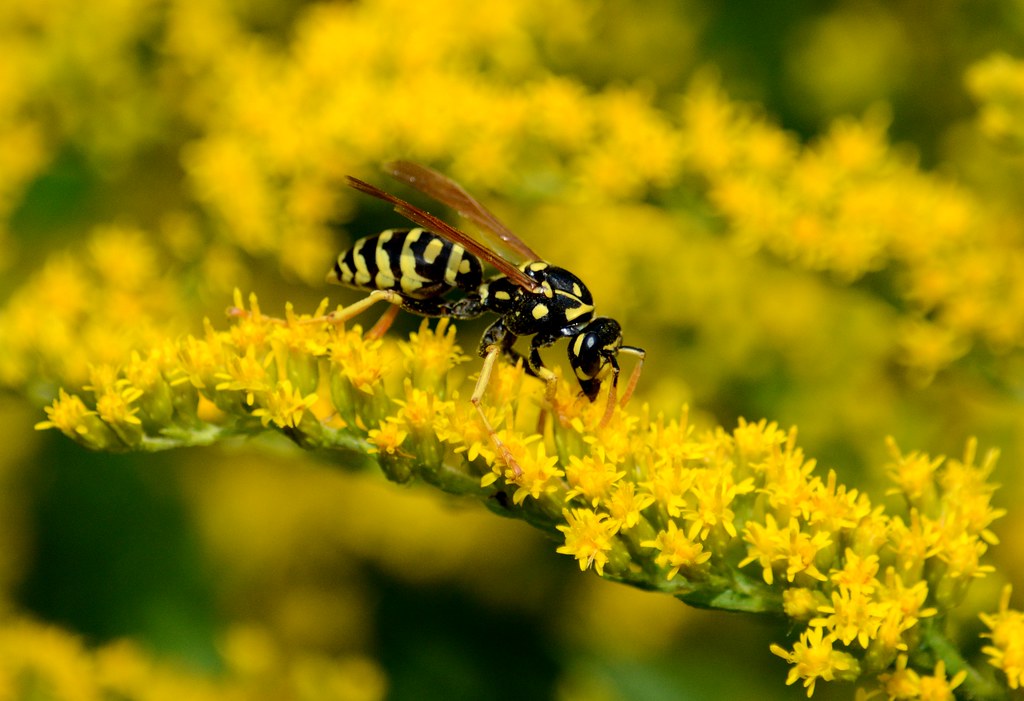
Creating wasp-friendly gardens requires a different approach than bee-focused pollinator gardens. Wasps prefer shallow, open flowers where nectar is easily accessible, so plants like yarrow, dill, and sweet alyssum are excellent choices. Native plants that bloom throughout the growing season provide consistent nectar sources for local wasp populations.
Providing nesting sites is crucial for supporting solitary wasp species. Leave some areas of bare soil for ground-nesting species, maintain brush piles or dead wood for cavity nesters, and avoid over-cleaning garden areas where wasps might establish small colonies. Many beneficial wasps nest in hollow plant stems, so leaving ornamental grasses and perennial stalks over winter supports next year’s population.
Water sources benefit wasps just as much as bees, but wasps prefer shallow puddles or wet soil where they can land safely. A simple dish with pebbles or a muddy area near the garden provides the water access that wasps need for drinking and nest construction.
Distinguishing Beneficial Wasps from Aggressive Species
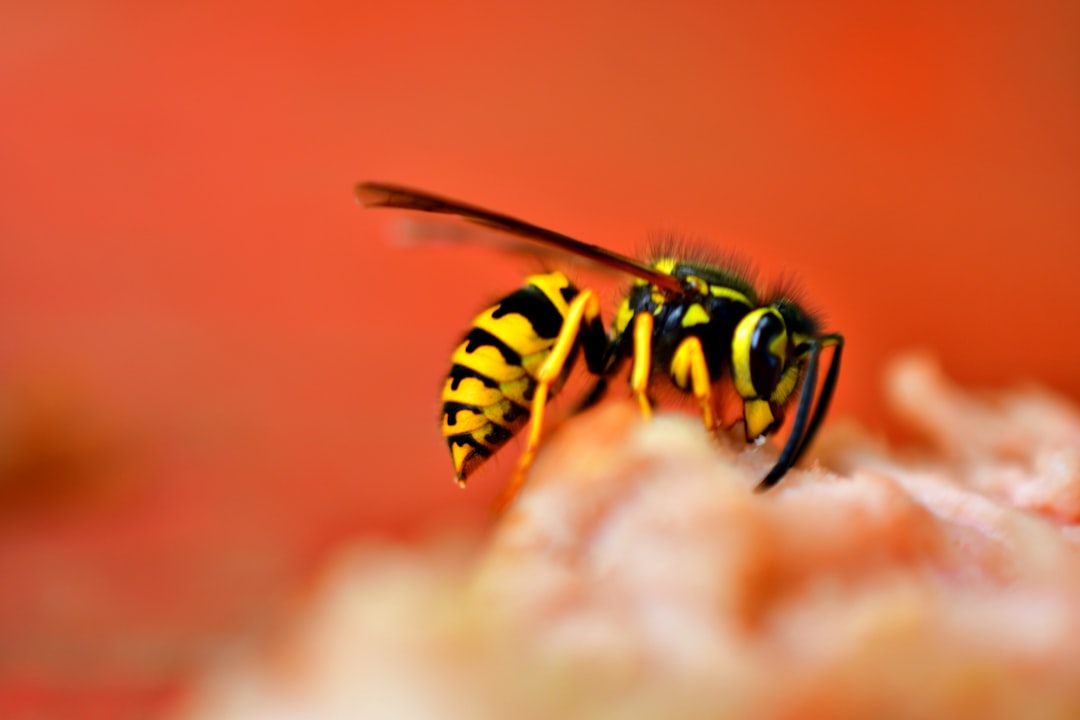
Learning to identify beneficial wasp species can help gardeners appreciate their pollinator visitors while still being cautious around genuinely aggressive types. Paper wasps, despite their intimidating size, are generally docile when away from their nests and can be observed safely at flowers. They have long legs that dangle in flight and relatively narrow waists.
Yellowjackets, the most aggressive common wasp species, have bright yellow and black markings with compact, stocky bodies. They’re more likely to be found around garbage, pet food, or sugary drinks than visiting flowers for nectar. When you see wasps at flowers, they’re usually the beneficial species focused on feeding rather than defending territory.
Many beneficial wasps are quite small and easily mistaken for flies or other insects. These tiny pollinators often work unnoticed among flower petals, contributing to pollination without ever attracting human attention or concern.
The Future of Wasp Research and Conservation
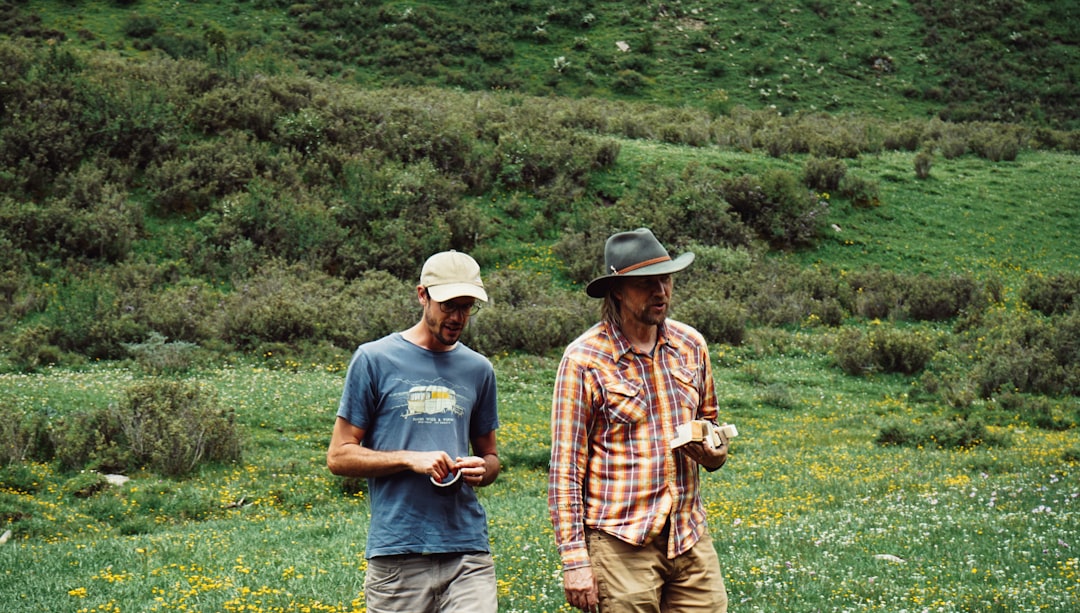
Scientific interest in wasp ecology has increased dramatically in recent years as researchers recognize their ecological importance. New studies are documenting wasp pollination networks, measuring their economic contributions, and developing conservation strategies specifically for wasp species. This research is revealing that wasps may be more important pollinators than previously imagined.
Citizen science projects are beginning to include wasp identification and monitoring, helping scientists track population changes and pollination patterns across large geographic areas. These programs need more participants to provide the data necessary for effective wasp conservation planning.
The development of wasp-friendly agricultural practices represents a promising frontier for sustainable farming. Integrating beneficial wasps into integrated pest management programs could reduce pesticide use while maintaining both pest control and pollination services.
Conclusion
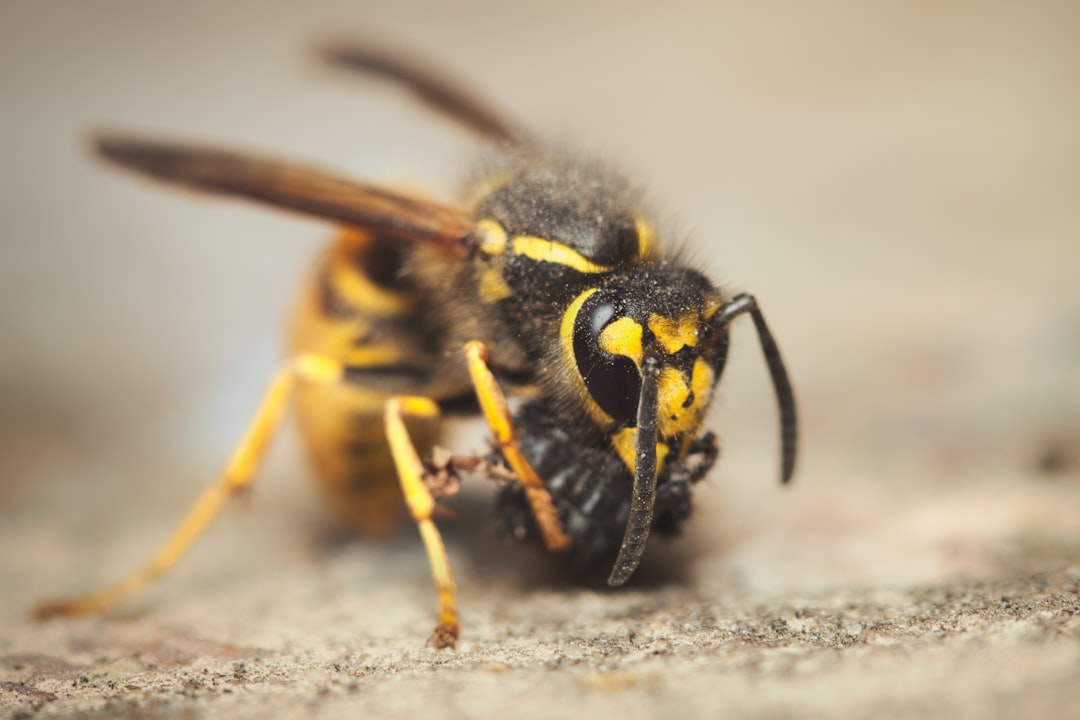
The next time you encounter a wasp in your garden, take a moment to observe its behavior before reaching for the flyswatter. You might be watching one of nature’s most ancient and effective pollinators at work, contributing to the very ecosystem that supports us all. These remarkable insects have been quietly serving as botanical matchmakers for millions of years, ensuring the reproduction of countless plant species that form the foundation of healthy environments.
As we face mounting challenges from pollinator declines and environmental changes, we cannot afford to overlook any group of beneficial insects. Supporting wasp populations through habitat conservation, reduced pesticide use, and increased awareness represents a practical step toward building more resilient ecosystems. Perhaps it’s time to change our perspective and see that threatening buzz not as a warning, but as the sound of nature’s hidden workforce at their essential tasks.
What would our world look like if we gave wasps the same respect and protection we’re finally learning to give bees?
